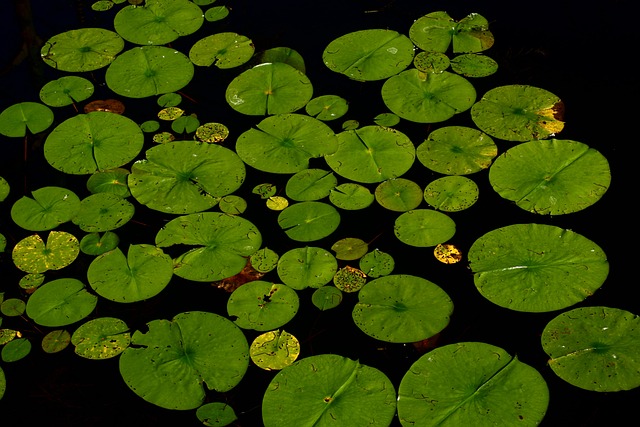The Beauty of Aquatic Plants: A Deep Dive into Nature’s Underwater Gardens
Nature WorldWide April 19, 2024 0
Aquatic plants, often overlooked in the grand tapestry of nature, are the unsung heroes of our waterways. From serene ponds to bustling freshwater rivers vibrant coral reefs and underwater Gardens, these plants play a crucial role in maintaining the delicate balance of aquatic ecosystems. In this blog post, we embark on a journey beneath the surface to explore the fascinating world of Aquatic Plants, uncovering their beauty, diversity, and invaluable contributions to the environment.
The Diversity of Aquatic Plants:

Aquatic plants encompass a wide array of species, each uniquely adapted to thrive in aquatic environments. Aquatic plants showcase incredible diversity, from swaying seagrasses to blooming water lilies. Majestic kelp forests rise from the ocean floor, hosting diverse marine life. Meanwhile, delicate duckweed carpets ponds, provide shade and shelter for aquatic organisms.
Read More: Top Plants to Plant at Home in India
Adaptations for Life Underwater:

Surviving in an aquatic environment presents a myriad of challenges, from buoyancy and nutrient uptake to reproduction and dispersal. Underwater plants have evolved a plethora of adaptations to thrive in these watery realms. Many have specialized tissues to transport water and nutrients, while others have developed buoyant structures to remain afloat. Some aquatic plants, like the mangroves, have even evolved aerial roots to access oxygen in waterlogged soils.
Read More: 10 Ayurvedic Plants You Must Have At Home
Ecosystem Services Provided by Aquatic Plants:
Beyond their aesthetic appeal, Underwater plants provide a host of ecosystem services vital to the health of our planet. One of their primary functions is Oxygen Production through photosynthesis, which helps oxygenate the water and support aquatic life.

Additionally, Underwater Plants act as natural filters, absorbing excess nutrients and pollutants from the water, thereby improving water quality. Their root systems stabilize sediments, preventing erosion and maintaining the integrity of aquatic habitats. Moreover, these plants serve as food and habitat for a diverse array of aquatic organisms, from tiny zooplankton to majestic manatees.
Read More: Top Best 10 Air Purifying Plants Available in India
Conservation Challenges and Efforts:
Despite their importance, Underwater plants face numerous threats in today’s rapidly changing world. Habitat destruction, pollution, invasive species, and climate change pose significant challenges to their survival. Wetland drainage and dredging disrupt crucial habitats, while nutrient runoff from agriculture and urban areas leads to harmful algal blooms. Invasive species outcompete native plants, altering ecosystems and reducing biodiversity. Climate change exacerbates these threats, with rising temperatures and sea levels threatening the very existence of coastal habitats.

However, amidst these challenges, there is hope. Conservation efforts around the world are working tirelessly to protect and restore aquatic plant habitats. Wetland restoration projects aim to reclaim lost habitats and mitigate the impacts of human activities. Pollution control measures seek to reduce nutrient runoff and improve water quality. Efforts to control invasive species and restore native plant communities are underway, bolstered by collaboration between scientists, policymakers, and local communities.
Read More: Top 365 Days Flowering Plants in India
The Future of Aquatic Plants:

Looking ahead, safeguarding aquatic plants is crucial for the health of our waterways. Protecting these ecosystems ensures clean water, habitat for diverse species, and climate regulation. Educating others about their importance fosters appreciation and drives collective action for conservation.
Read More: Discover the Top 10 Air-Purifying Plants Worldwide
Conclusion:
Aquatic plants are the unsung heroes of our waterways, playing a vital role in supporting aquatic life and maintaining ecosystem balance. From their diverse forms and adaptations to their invaluable ecosystem services, these plants enrich our world in ways both seen and unseen. As stewards of the planet, it is our responsibility to protect and preserve these precious resources for future generations. Through conservation efforts and collective action, we can ensure that the beauty and benefits of Underwater plants endure for years to come.




